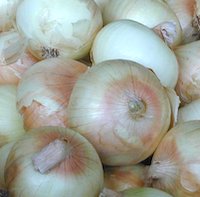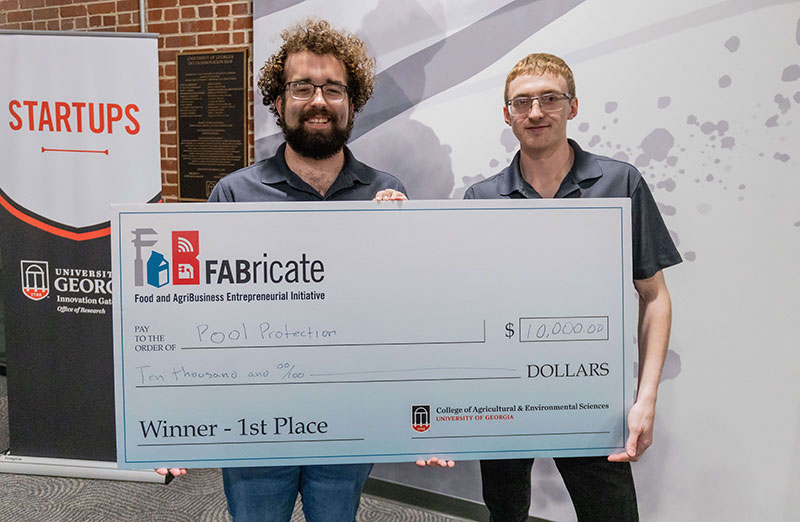Despite a frigid, rain-filled winter, Vidalia onion farmers expect a good, quality crop this season.
The cold temperatures forced some onion farmers to replant. Cliff Riner, coordinator of UGA’s Vidalia Onion and Vegetable Research Center, estimates 600 of the state’s 12,000 acres had to be replanted. Those plants are taking longer to grow, and the size of those onions may be affected.
UGA vegetable horticulturist Tim Coolong says onions that were planted prior to Dec. 4 or 5 had time to get established before January’s cold snap hit.
“Those plants were able to keep rolling right along. The plants that were planted later, closer to Christmas, were really small and just sat there for a long time after that cold snap,” he said. “The plants look okay, they’re just behind everything else.”
Vidalia onion farmers’ biggest concern now is the rain that saturated their fields. Impassable conditions have made harvesting onions almost impossible in some areas.
“The rain has been kind of inclement, in terms of harvesting. We’ve had significant amounts of rain in production areas,” Riner said. “That can delay us in harvesting and delay us in undercutting the onions. We can clip the onions once they’re dug. To actually get them dug up is the problem.”
Most onion farmers set a timeline of around May 20 to harvest their crops, he said. This timeframe decreases the possibility of disease, which increases with warmer temperatures. A late-May harvest this year could be a challenge if wet weather persists.
“We’ve got a timeline to get everything in, and every day it rains and sets us back, there’s more stress on that timeline,” Riner said.
Mark Shuman of Shuman Produce in Reidsville makes farming decisions 12 to 15 months in advance. “It’s like driving a speeding train. You don’t turn it on a dime,” said Shuman. Shuman Produce accounts for approximately 20 percent of the Vidalia industry’s total volume.
Like all farmers, Shuman has no control over the weather, but his farm has survived much worse.
“In 1983, the mercury plummeted to 8 degrees on Christmas Day. That crop was almost a total loss,” said Shuman, whose family has grown Vidalia onions for more than 30 years. “We received some significant cold weather this year with temps around 15 degrees, but are fortunate there will be good quality Vidalia onions on retail shelves this summer.”
Vidalia onion growers have a short harvest window of just four to six weeks, depending on the weather.
“Our ability to harvest in a timely manner is essential. Your army can’t be big enough come harvest time. You have to get that crop out of the row and under the roof to have a great summer market,” he said.
The Vidalia onion industry in Georgia generates more than $100 million annually in farm gate value and surpassed $150 million in 2011 and 2012. Of the 12,000 acres grown, 75 percent are produced in Toombs and Tattnall counties.
“As an industry we have to do a good job proving to the retail world that they can count on us. If we don’t, we are encouraging other regions, like Texas and New Mexico, to prey on our market share,” Shuman said. “We want to keep the jobs here and keep the product coming out of Georgia.”







